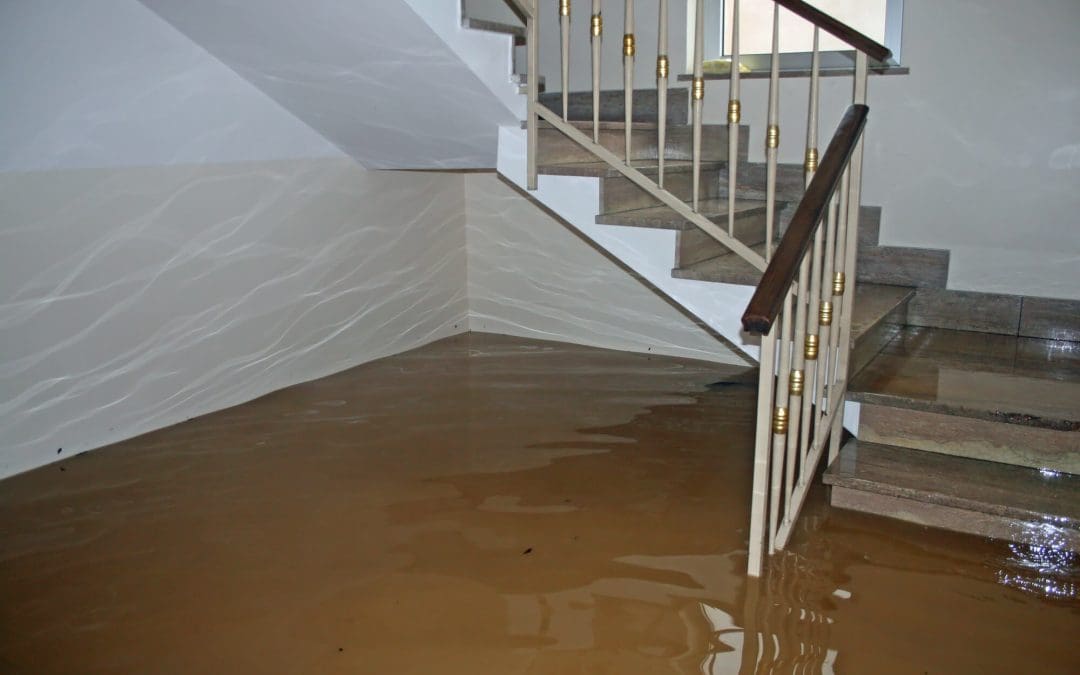Residential water damage is one of the most serious issues homeowners can face, and it can happen without warning. Whether caused by heavy rain, a burst pipe, or an overflowing appliance, the effects of water damage are costly and stressful. By acting quickly and following a structured approach, you’ll mitigate the damage and protect your home. Here’s what you need to do if your home experiences water damage.
1. Prioritize Safety First
The first step in addressing water damage is to ensure your safety and the safety of your family. Water damage creates hazards that might not be immediately obvious, such as electrical risks or structural instability. Before entering any affected areas, turn off the electricity, especially if water has penetrated walls or flooded areas near electrical outlets.
If you’re dealing with significant water damage, like flooding or a burst pipe, it’s a good idea to evacuate the home until professionals can assess the situation. Your personal safety is always the most important consideration, so don’t take unnecessary risks.
2. Identify the Source of Residential Water Damage
Once safety is secured, your next step is to identify and stop the source of the water. In cases where the damage is caused by a broken pipe, faulty appliance, or roof leak, turn off the main water supply if possible. For issues like storm flooding, you’ll need to wait for the water to subside. However, you can mitigate damage by closing windows or doors and covering leaks with tarps.
Identifying whether the water is “clean,” “gray,” or “black” is also crucial for the cleanup process. Clean water comes from sources like broken pipes and is not immediately hazardous, while gray water from dishwashers or washing machines contains contaminants. Black water, which includes sewage or floodwater, is highly unsanitary and requires professional cleaning services.
3. Remove Standing Water
Water removal should begin as soon as the source of the leak has been controlled. The faster you remove standing water, the better your chances of minimizing structural damage and preventing mold growth. If there’s only a small amount of water, you may be able to use a mop and bucket or a wet/dry vacuum to extract the water.
For larger areas of standing water, rent a sump pump or water extraction equipment. Keep in mind that large volumes of water may require professional assistance, especially if the water has infiltrated walls, floors, or ceilings. Fast removal is key to reducing the risk of long-term damage.
4. Dry and Dehumidify the Area
After you’ve removed the standing water, the next step is drying and dehumidifying. This process is essential to prevent mold growth and further deterioration of your home’s materials. Start by opening windows and doors to allow ventilation. If you have fans or dehumidifiers, place them in the affected area to speed up the drying process.
Depending on the extent of the water damage, it can take days to fully dry out a space. Materials like carpets, insulation, and drywall can retain moisture long after the water is removed. It may be necessary to remove and replace these materials if they show signs of water saturation.
5. Inspect for Mold Growth After Residential Water Damage
Water damage creates the perfect environment for mold to grow, and it can start developing within 24-48 hours after exposure. Inspect the damaged areas thoroughly for signs of mold, especially in hidden spots like behind walls or under flooring. Mold damages surfaces and poses significant health risks, particularly for those with respiratory issues or allergies.
If mold is present, it’s best to contact a professional mold remediation service. Attempting to remove mold on your own can spread spores throughout the home and worsen the problem. A professional will confirm the mold is completely eradicated and that the affected areas are properly sanitized.
6. Document the Damage
Before beginning major repairs, make sure to document the damage for insurance purposes. Take photos and videos of the affected areas and personal belongings that were damaged by the water. Create a detailed list of all damages and keep receipts for repair services or equipment rentals.
Most homeowners’ insurance policies cover certain types of water damage, but the claim process can vary. Contact your insurance company as soon as possible to start the claims process, and keep all communication in writing when possible.
7. Begin Repairs
Once your home is dry and the immediate dangers are mitigated, it’s time to focus on repairs. Depending on the extent of the water damage, this can range from simple fixes, like repainting walls or replacing carpets, to more extensive projects, such as replacing drywall or repairing structural elements.
If the damage is minimal, some homeowners may choose to handle the repairs themselves. However, for major damage, hiring a professional contractor is essential. Professionals will make sure the repairs are up to code and will prevent further issues down the road.
8. Prevent Future Residential Water Damage
After you’ve dealt with the current damage, take proactive steps to prevent future water issues. Regular home maintenance is key to catching potential problems before they escalate. This includes inspecting your roof for leaks, maintaining your plumbing system, and confirming that your gutters and downspouts are clear of debris.
If flooding is a risk in your area, consider installing a sump pump or adding additional drainage systems to your property. You might also want to invest in water leak detectors, which will alert you to leaks before they become a bigger problem.
Residential water damage is an overwhelming experience, but swift action will minimize its impact on your home. Prioritize safety, address the water source, and begin the drying process immediately to reduce long-term damage. By following these steps and staying vigilant in maintaining your home, you can prevent future water damage and keep your home safe and dry for years to come.
Appalachian Inspection Services offers inspections to homebuyers and sellers in Asheville, NC, and the surrounding areas. Contact us to request an appointment for our services.

